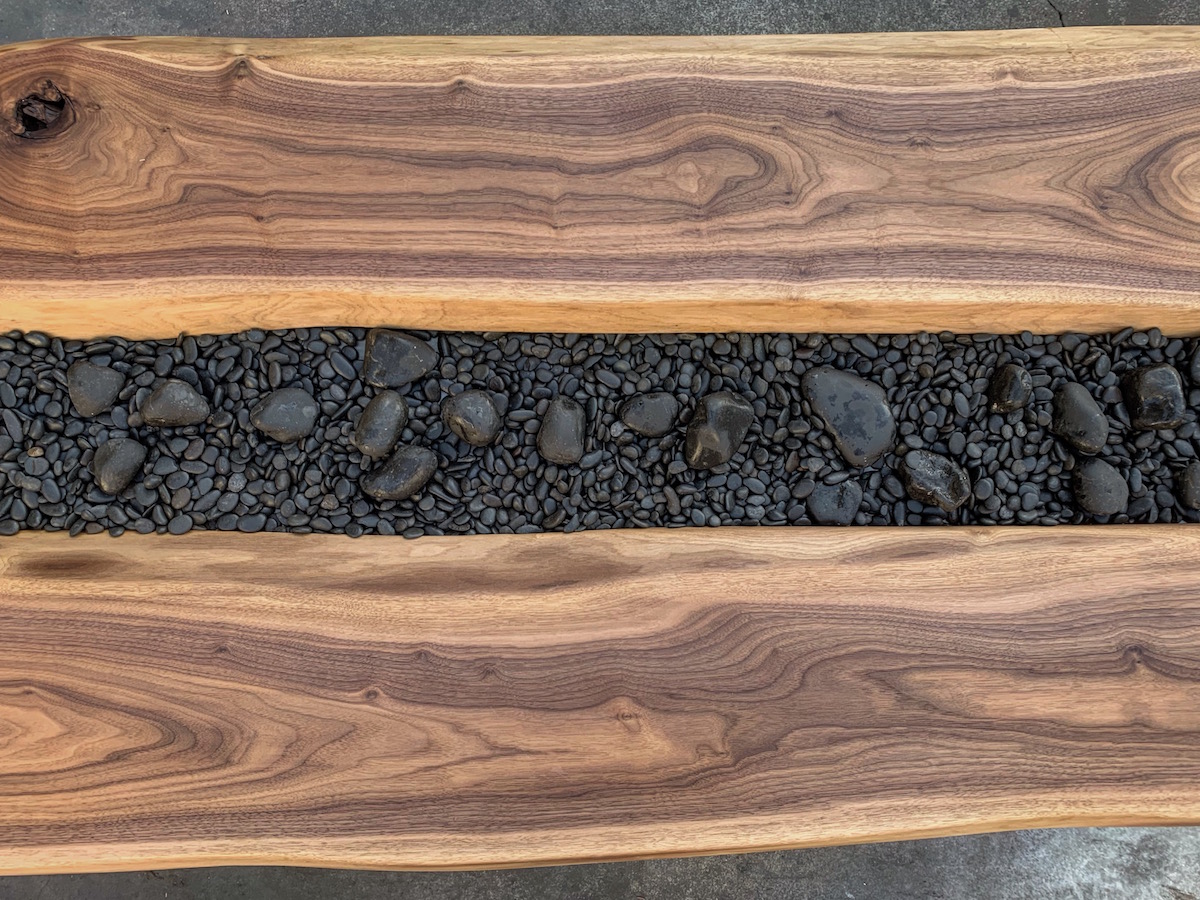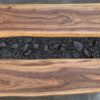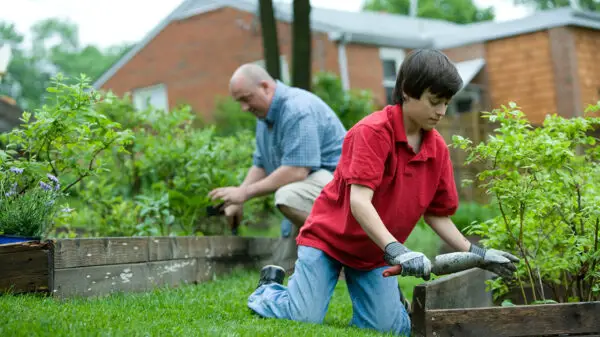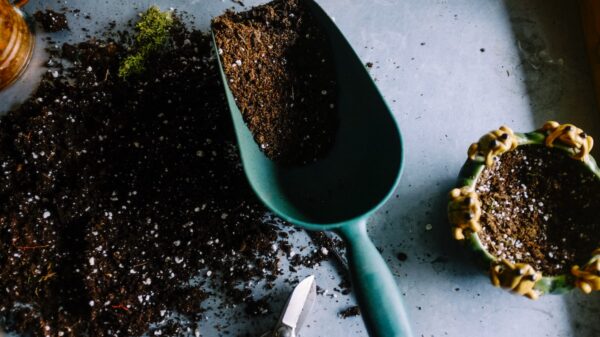Crafting a Serene Oasis: Creating a Rock Garden Without Plants
Rock gardens are a captivating feature in landscaping, known for their aesthetic appeal and ability to transform a dull corner of your yard into a serene oasis. While traditional rock gardens often incorporate plants, creating one without any greenery can be an intriguing and low-maintenance alternative. By focusing solely on rocks, stones, and artistic design, you can craft a unique, visually pleasing landscape that requires minimal upkeep. Here are the main steps on how to make a rock garden without plants:
- Plan And Design
- Gather Your Materials
- Choosing Your Rocks
- Prepare The Site
- Arrange Your Rocks
- Create Paths And Features
- Maintain And Enjoy
Now let’s dive into each step and guide you through the process of making a stunning rock garden without plants, turning your outdoor space into a tranquil haven!
Plan and Design
Every successful project begins with a clear plan and a well-thought-out design. When creating a plant-free rock garden, meticulous planning is even more crucial, as the rocks themselves will be the main attraction. Here’s how to get started:
- Choose Your Location: Select a suitable spot in your garden or yard. Ensure it receives the right amount of sunlight or shade, depending on your preference and the type of rocks you intend to use.
- Define Your Style: Determine the style or theme of your rock garden. Are you aiming for a Zen-like retreat, a rustic mountainous landscape, or a modern, minimalist design? Your choice will dictate the types of rocks and their arrangement.
- Sketch a Layout: Create a rough sketch or plan that includes the placement of rocks, pathways, and any additional features, like benches or water features.
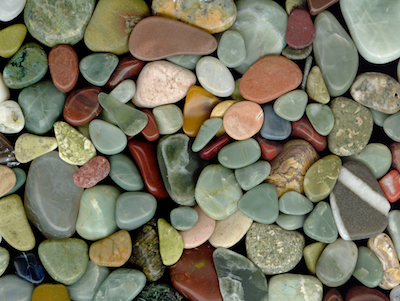
Gather Your Materials To Make A Rock Garden Without Plants
To construct a plant-free rock garden, you’ll need the following materials:
- Rocks and Stones: Collect an assortment of rocks and stones in various sizes, shapes, and colors. These will serve as the primary elements of your garden. You can source them from local quarries, garden centers, or even your own property.
- Gravel or Sand: Choose a suitable base material to provide stability and drainage. Gravel or sand works well for this purpose.
- Landscape Fabric: To prevent weeds from infiltrating your rock garden, lay down a layer of landscape fabric.
- Edging Materials: Select edging materials such as timber, bricks, or stones to define the boundaries of your rock garden.
Choosing Your Rocks
Choosing the right rocks is crucial for the success of a plant-free rock garden, as they are the primary elements that define its aesthetic. Here are some ideas for the best rocks to use in a plant-free rock garden.
- River Rocks. Smooth and rounded river rocks come in various sizes and colors. They create a serene and natural look, ideal for achieving a Zen-inspired rock garden.
- Limestone. Limestone rocks offer a soft, neutral color palette and are known for their durability. They can be arranged in various formations to create a visually interesting landscape.
- Granite. Granite rocks are hard and weather-resistant, making them excellent choices for long-lasting rock gardens. They come in a variety of colors, including gray, pink, and black.
- Slate. Slate rocks are flat and thin, providing a unique texture to the rock garden. They are often used for pathways or stacked to create visually appealing vertical elements.
- Sandstone. Sandstone rocks exhibit warm and earthy tones, adding a rustic charm to the garden. They can be layered or stacked to create natural-looking formations.
- Quartzite. Quartzite rocks are known for their sparkling appearance and come in various colors, including white, pink, and green. They add a touch of elegance to the garden.
- Flagstone. Flat and large flagstone rocks can be used for pathways or as stepping stones. They provide a smooth surface and complement various rock types.
- Pebbles. Smaller pebbles or gravel can be used as ground cover between larger rocks. They come in a variety of colors and add texture to the overall design.
- Boulders. Large boulders can serve as focal points in the rock garden, creating a bold and dynamic visual impact. They are especially effective in larger landscapes.
When selecting rocks, consider the overall theme and style of your rock garden. Mixing and matching different types of rocks can create a visually appealing and harmonious landscape.
Prepare the Site
Now that you have your materials in place, it’s time to prepare the site.
- Clear the Area: Remove any existing plants, weeds, or debris from the chosen location. Ensure the ground is level and compact.
- Lay Landscape Fabric: Unroll and secure the landscape fabric over the cleared area. Trim any excess fabric and secure it with landscape fabric pins.
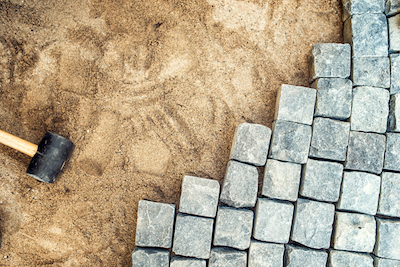
Arrange Your Rocks
The artistic aspect of your rock garden comes into play as you arrange the rocks.
- Start with Larger Rocks: Place the larger rocks as focal points or anchor points in your design. These should be positioned first and spaced evenly throughout the garden.
- Gradually Add Smaller Rocks: Fill in the spaces between the larger rocks with smaller ones. Pay attention to balance and visual appeal, creating an interesting and harmonious composition.
- Consider Height and Depth: Vary the heights and depths of the rocks to create texture and visual interest. Staggering them can also help achieve a more natural look.
Create Paths and Features
To enhance the functionality and aesthetic appeal of your rock garden, consider incorporating pathways and features:
- Paths: Design pathways using gravel, stepping stones, or crushed stone to allow easy access and visual flow within the garden.
- Add Features: Consider adding features like a decorative fountain, a seating area, or even small sculptures, if they align with your chosen theme.
Maintain and Enjoy
One of the advantages of a plant-free rock garden is its low-maintenance nature. However, it still requires some care:
- Weeding: Periodically check for any weeds that may have grown through the landscape fabric and remove them promptly.
- Cleaning: Keep your rock garden tidy by clearing away fallen leaves, debris, or any accumulated dirt.
- Rock Arrangement: Over time, you may want to adjust the arrangement of rocks or add new ones to refresh the garden’s appearance.
Benefits Of A Rock Garden Without Plants
Now that you know how to make a rock garden without plants, let’s go over the benefits of one. One of the key advantages is the minimal maintenance required. Unlike traditional gardens with plants that demand regular care, watering, and pruning. A plant-free rock garden significantly reduces the time and effort needed for upkeep. This makes it an ideal option for those with busy lifestyles or individuals seeking a low-maintenance outdoor space. Additionally, a plant-free rock garden is resistant to pests and diseases that often plague traditional gardens, providing a durable and long-lasting landscape solution. Beyond its practical advantages, a rock garden without plants offers a timeless aesthetic appeal. The natural textures, shapes, and colors of the rocks create a visually striking and harmonious environment without the need for ongoing plant care. This makes a no-plant rock garden an excellent choice for those who appreciate the beauty of nature but prefer a landscaping option that requires minimal intervention.
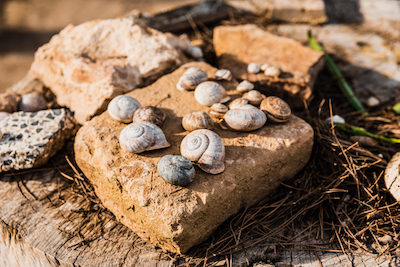
Conclusion
Learning how to make a rock garden without plants is a rewarding endeavor that allows you to craft a unique and visually striking outdoor space. By planning carefully, selecting the right materials, and arranging your rocks thoughtfully, you can transform your garden into a serene and low-maintenance oasis. Whether you prefer a Zen-inspired haven or a rugged, natural landscape, the possibilities are endless when it comes to designing a plant-free rock garden. So, roll up your sleeves, gather your materials, and start crafting your very own stone sanctuary. Your new, calming retreat awaits.
Related Questions
Can I use any type of rocks for my plant-free rock garden?
Absolutely! The key is to choose rocks that complement each other in terms of size, color, and texture. This creates a visually appealing and harmonious arrangement in your rock garden.
Are water features suitable for plant-free rock gardens?
Certainly! Water features add a unique dimension to your rock garden. Consider small fountains or trickling streams to enhance the ambiance of your space.
How can I prevent weeds from growing in my rock garden?
Using a layer of landscape fabric beneath the rocks can help prevent weed growth. Regular maintenance, such as removing debris, also contributes to weed control.
What is the maintenance routine for a plant-free rock garden?
Maintenance is minimal but necessary. Regularly clean the rocks, rearrange decorative elements, and ensure proper drainage to keep your plant-free oasis in top condition.


